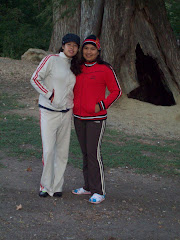HISTORY ICA-PERU

History
Ica is an important region historically to Peru. The fossil remains found in this zone, corresponding to the tertiary age, confirm the antiquity of the zone. The bony remains of the "Man of Paracas", the second horticulturist of Peru (6,870 B.C.) were found in the Santo Domingo Pampa. The people of this era lived in straw huts, fished, farmed and exchanged goods.
Between 1925-7 in the Paracas Peninsula, Julio C. Tello discovered the great cemeteries known as Necrópolis. They were from a Pre-Columbian culture. The ancient Paracas bodies were found mummified with fine colorful clothing that was full of symbols.
Years later in Cahuachi the Nazca culture was developed. The ceramics created during this time are considered to be the best in Pre-Columbian American. The painters that depicted these pictures on pots' surfaces were considered to be masters of their time and craft. And we can't forget the world famous "Nazca Lines", which are figures of animals and objects imprinted in the desert surface. To this day no one is sure how they got there.
The Inca Empire's domination of Ica's territory began at the time of Inca Pachacutec. During the conquest, Nicolás de Rivera el Viejo arrived to Ica looking for a proper place to found a new city. The Ica Valley's Villa de Valverde was founded on September 30, 1563 by the Spanish captain Jerónimo Luis de Cabrera. Many years later, San Martín with its expedition team landed in Pisco, thus beginning the Peru's independence from Spain. Colonel Mariano Ignacio Prado created the Department of Ica in 1866.




















Post a Comment